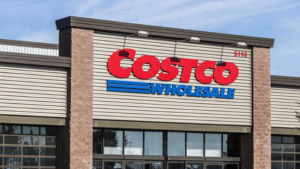Patient traffic seems to be highly variable across the country as counties reopen, scale back on reopenings, or remain in “wait and see” mode. Some practices have continued to report a 60% decline in their pre-COVID business levels, while one has told us, “We’ve never sold so many hearing aids.”
In these uncertain times, one key to bringing people in the doors is to help them feel comfortable coming in. Practices should therefore be sure to communicate what they are doing to help keep their patients safe, for instance, via emails, newsletters, and even on the practice homepage.
If you’re revising your COVID-related office protocols, here are some of the actions medical practices around the country have been taking:
- Increasing Sanitary Procedures: Let patients know you are going above and beyond your already rigorous infection control policy to ensure the office is thoroughly disinfected multiple times a day.
- Stocking the Reception Desk: Keep hand sanitizer and disinfectant wipes at the front desk. Visibly cleaning pens before each use, or wiping down credit cards before handing them back to patients can help patients feel more at ease that you are taking their safety seriously.
- Phone/Online Screenings: Prior to a scheduled in-office visit, screen patients to determine if they are exhibiting symptoms of COVID-19. You can do this using online forms, or by including a few basic questions, like “Have you had contact with any known COVID patients in the last 14 days?” and “Have you had a fever, cough or shortness of breath in the last 14 days?” in your confirmation call processes. Some offices additionally send intake forms to be completed via email or online prior to visits, and use contactless thermometers to take patients’ temperatures before allowing them to check in as added precautions.
- Social distancing: Stagger appointments to minimize the number of people in the waiting room at one time, cordon off some seats in each “section,” and mark where to stand if there is someone in front of you at the front desk to preserve social distancing measures in the reception lounge. Ask or require patients to wear a mask, and ensure staff are wearing them as well. For personal protective equipment that still allows hearing-impaired patients access to visual cues, try face shields
- Limiting Visitors: Consider limiting companions to patient visits unless the patient needs full assistance and is not mobile. If you offer Wifi, let patients know that they are welcome to use it to FaceTime or video call a loved one who may want to ask some questions on their behalf.
- Curbside Service: If a hearing professional determines that troubleshooting can be performed without a face-to-face visit, allow patients to drop off their devices at a designated spot and pick them back up once they are ready.
- Telehealth Visit: A video-based health care visit can be scheduled to provide you with care and information without you leaving your home.
As you engage in telehealth or marketing activities, sharing the tactics you are implementing to keep the office a safe place for patients will go a long way in helping those patients feel comfortable coming in to take the next step in their hearing journey. In the process, you’ll also reinforce one of the most valuable aspects of your practice—your concern for your patients’ wellbeing.
Earlens is a privately held medical technology company committed to transforming the hearing experience for millions of people who suffer from hearing loss.
The company has developed the Earlens® Contact Hearing Solution, which directly activates the hearing system, delivering the broadest bandwidth available today and superior sound quality. This revolutionary, nonsurgical hearing solution uses a small lens to vibrate the eardrum, replicating the natural hearing process. The Earlens® Contact Hearing Solution received FDA clearance in 2019 for a second generation of the Earlens technology.




